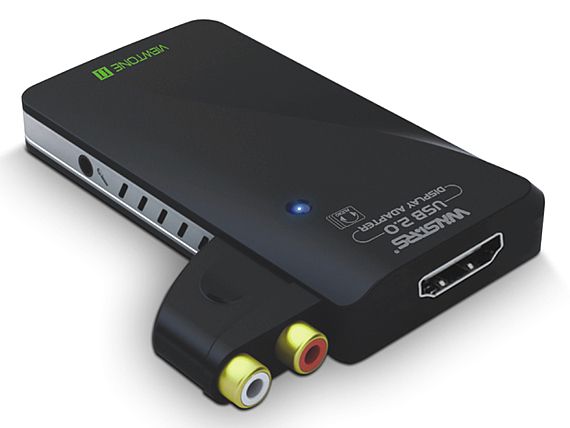

What's the Future for USB 2.0? Fading But Not Gone Yet With typical HD movies weighing in at 30-40 GB, USB 2.0 connections are ill suited to transfer this amount of data within a reasonable time frame.Ĭomparison of Average Read Times Among Common Interfaces Yes, FireWire 800 and eSATA are currently available high speed options however, neither interface has made strides toward capturing the market share like USB 2.0 did.

External hard drives are currently making the transition from magnetic disk to faster solid state technology and the time has never been better for an interface to keep up. You can expect the first generation of USB 3.0 devices to achieve real world bandwidths of approximately 1.4 Gbit/s with later devices breaking 2 Gbit/s.Īmong peripherals, high speed data connections are currently driven by external hard drives and HD video.

To be fair, the fastest current USB 2.0 devices only achieve about 50% of their theoretical maximum data rate. It should be noted that this value represents a theoretical data rate which is never achieved in typical usage. In case you are wondering, 4.8 Gbit/s = 600 MB/s which amounts to being able to transfer a CD worth of data each second. USB 3.0 is designed to support a maximum bandwidth of 4.8 Gbit/s compared to 480 Mbit/s for its predecessor Hi-Speed USB 2.0. The connector behind the four legacy pins thus ensuring backwards compatibility. Pins for the Type-A connector where the five new pins were recessed deep in Revamped cable ditched the optical fiber and utilized a novel system of connection Going back to the drawingīoard, the connectors for USB 3.0 were unveiled at CES in January of 2008. Unable to support more than 2.5 W of power transfer. Last long in the spec due to high costs, potential fragility and still being

However, the fiber optic connections were not to The initial specifications called for fiber optic connections alongsideįour copper connections (for backwards compatibility) which would result inĪ data transfer of 5 Gbit/s. The development of USB 3.0 was announced at Intel Developer Forum in SeptemberĢ007. The New Specifications USB 3.0 Development As impressive as these numbers are, USB has been in need of an update for some time now to keep up with increasingly sophisticated devices and their high data transfer demands. Since its inception in April 2000, USB 2.0 has been the connector for over 10 billion peripherals such as mice, keyboards, digital cameras, printers, external hard drives, etc. It's hard to believe but USB (Universal Serial Bus) 2.0, the ubiquitous peripheral interface for all things PC, is nearly ten years old.


 0 kommentar(er)
0 kommentar(er)
